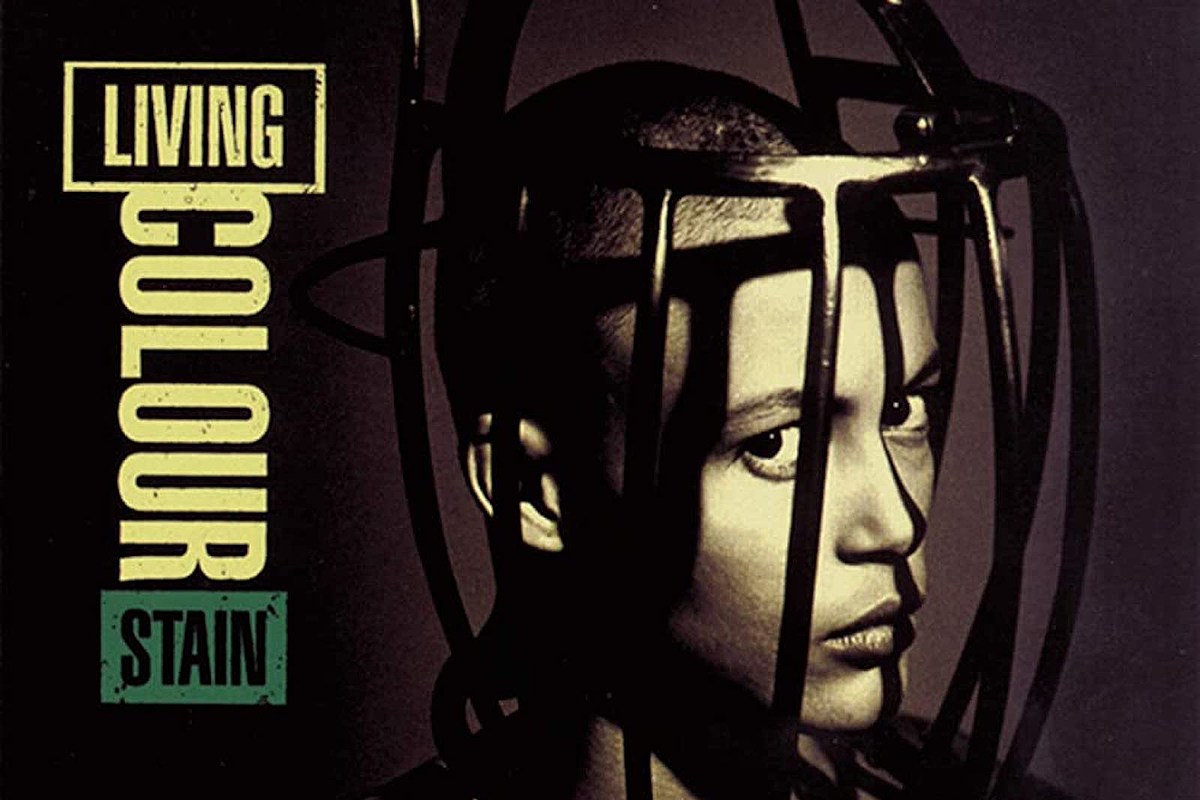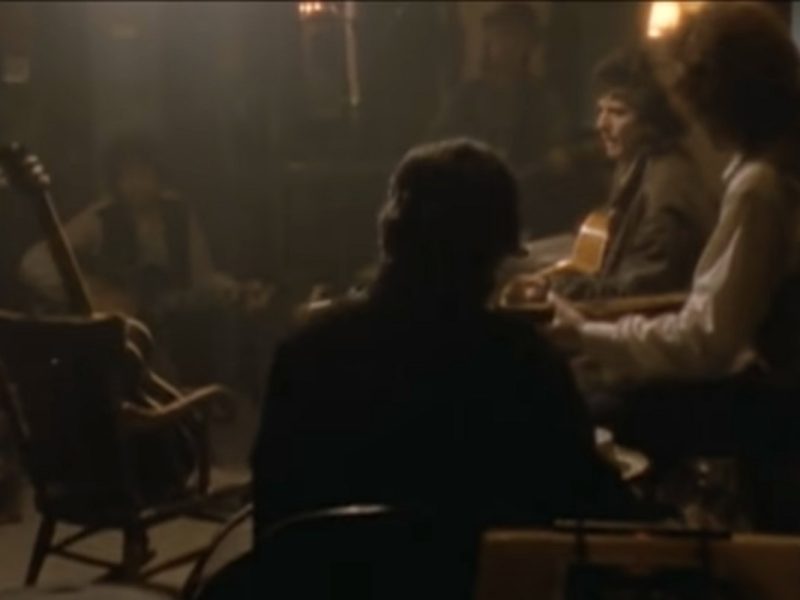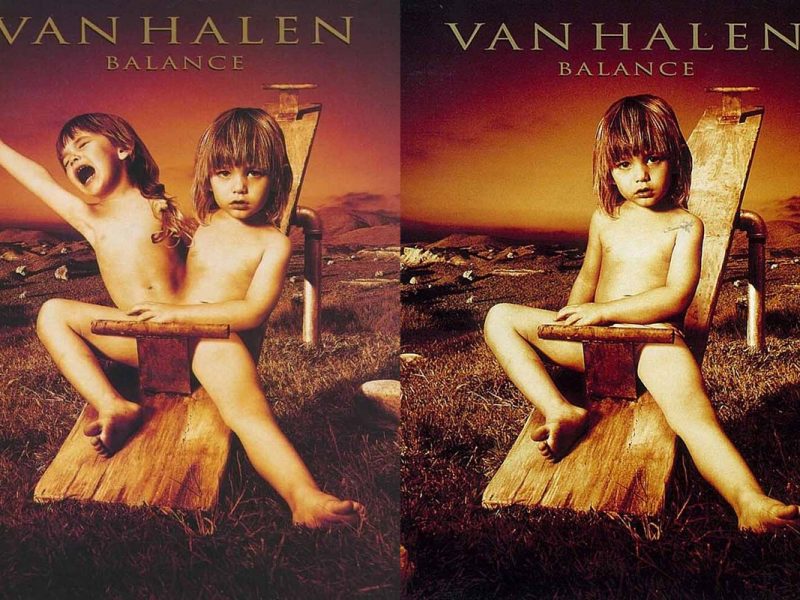Living Colour never wanted to make the same record twice.
Their first two, 1988’s Vivid and 1990’s Time’s Up, brought mainstream success. They appeared on Saturday Night Live, opened for the Rolling Stones and took home Grammys. That was about as far as the members of Living Colour wanted to journey toward widespread acceptance.
“I have yet to feel like a star,” Vernon Reid told Bomb magazine in 1993. “I only want to sell enough records so that we can make another record without the record company looking over our shoulders.”
Their next album, Stain, put some of that cynicism on display with a heavier sound and generally more pessimistic lyrics than previous work — “more the internal demons we’re dealing with,” as Corey Glover later admitted. It was all part of the band’s continuing artistic journey.
“I think this album marks a new step in the band’s ongoing story,” Reid explained. “Each record is connected to the one before. In a way, they’re reactive to the records before. We don’t want to repeat ourselves. It’s an evolving story.”
Watch Living Colour’s ‘Nothingness’ Video
Stain marked their first sessions with new bassist Doug Wimbish, who joined after the departure of Muzz Skillings. “I didn’t think I’d ever want to be in a real band again,” Wimbish admitted in the album’s original news release, “but I really like working with the guys, and I’m really secure with them. I know their history and they know mine.”
Wimbish had been the initial connecting link between Living Colour and Mick Jagger, who produced two of their demos and helped land the band a record deal. His return happened at a crucial moment: “What Doug is playing is amazing,” Glover added. “All over the record, he’s playing beautiful things. I think that after making the change from Muzz, the band got a new beginning.”
Sessions for Stain began in the summer of 1992 at Living Colour’s warehouse in New York City. Then they moved upstate to Bearsville Studios in Woodstock, and finally to Long View Farm Studios in Worcester, Mass. The results tended to focus on ideas of isolation and exclusivity. “There’s a theme here,” Reid explained, “of outsiders, of outcasts, of flawed characters – because a stain is a flaw.”
Some of the songs dealt with these messages in more poetic terms, like “Never Satisfied” and “Nothingness,” the latter of which was sung into a satellite dish before sunrise outside the studio in Massachusetts, according to drummer Will Calhoun. “It was bent over instead of facing the sky,” Calhoun noted. “[Glover] said, ‘I wanna sing this outside’ – it was four AM! [Producer] Ron Saint Germain and I were walking past this dish and heard this crazy echo. So there’s no vocal overdub on that song, it’s one song with different microphones on a continuous vocal performance.”
Tracks like “Auslander” took specific, topical inspirations into account, while still keeping the same themes of alienation. Calhoun’s song, which boasted a title that translated from German into “foreigner,” was written about immigrants coming into Germany from countries like Greece and Turkey. (Calhoun had visited the country on a drum clinic tour of his own.)
Listen to Living Colour’s ‘Postman’
Reid’s “Postman” also borrowed from real life. He said it was inspired by multiple recent crimes, including the killing of 14 women in 1989 on the University of Montreal campus, and a mass shooting that killed 23 people in 1991 at a Texas diner.
“My voice is like the man responding to himself, the ego and the superego speaking to one another,” Glover said. “It’s his own private cheering section, cheering him on to some terrible act of violence. For my second vocal, I sat in the studio with the lights out, just tripping on myself – a very eerie feeling.”
“Leave It Alone,” a single from the album, performed moderately well upon release, reaching No. 14 among Mainstream Rock tracks in the U.S. and No. 34 on the U.K. singles chart. But Stain halted at No. 26 on the Billboard 200, below their first two projects. Then Living Colour got dragged into court.
Just under a year after the release of Stain on March 2, 1993, a man from Toledo, Ohio named Jon Stainbrook filed a lawsuit claiming that his band had been calling themselves the Stain since 1980. The suit requested damages and that sales of the Living Color LP cease, along with the confiscation of merchandise promoting Stain. As a result, Living Colour was forced to stop pressing this album for more than a decade.
Stainbrook’s suit was later settled out of court. Despite it all, Living Colour remained a benchmark rock band of its era and next-generation groundbreakers in a typically all-white genre.
“We’re the first band to sell a lot of records, to crash through that barrier. A Black rock band selling records — it hasn’t happened in a long time,” Reid told Bomb. “In a lot of ways Living Colour has been a measure, which is unfair. We’ve caught flak.” In the end, he decided that the group’s “biggest mistake was selling a lot of records and then knowing how the game was played.”
Top 100 ’90s Rock Albums
Any discussion of the Top 100 ’90s Rock Albums will have to include some grunge, and this one is no different.



